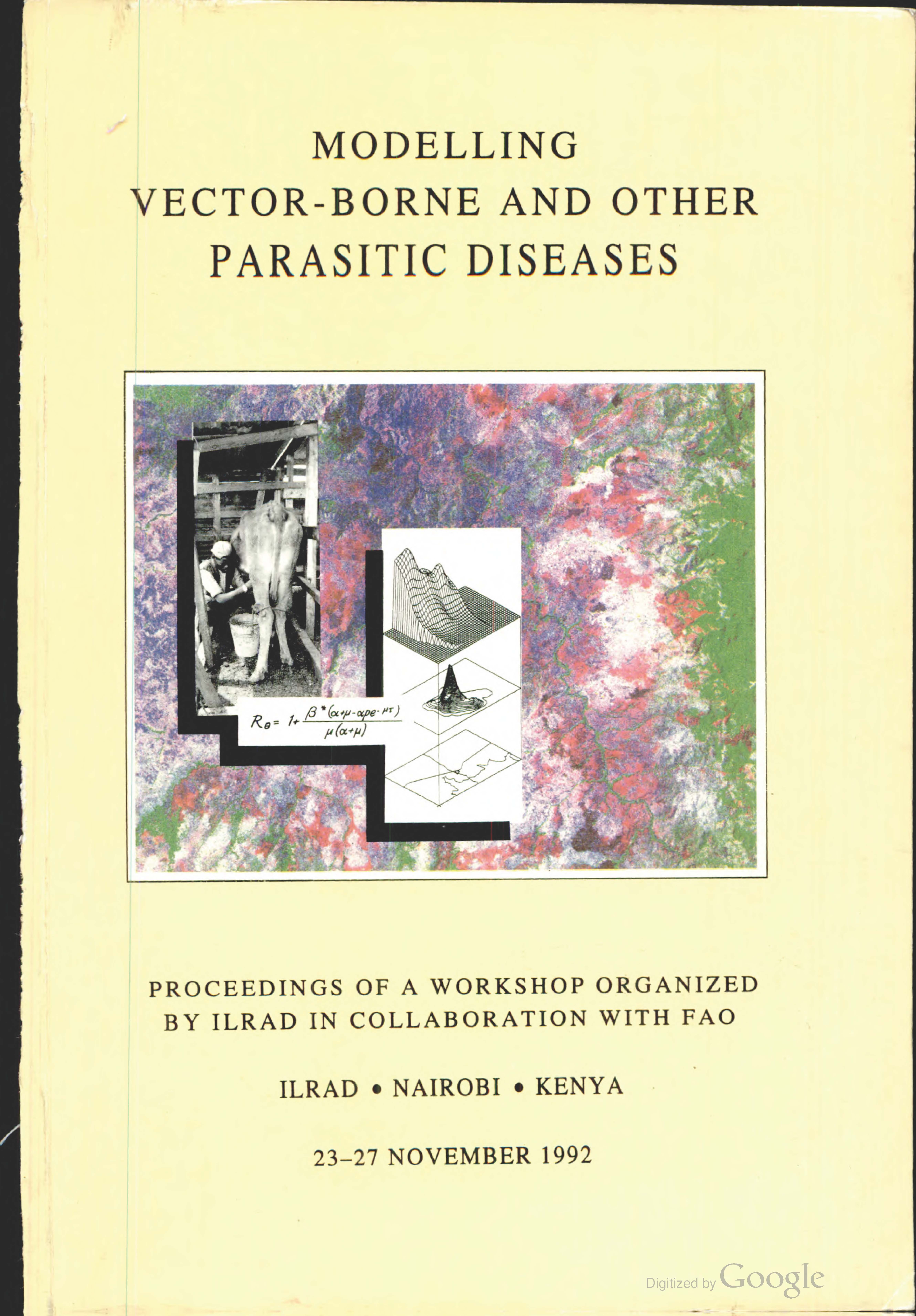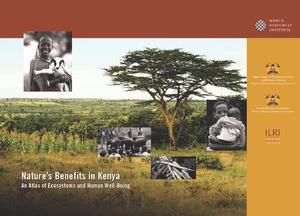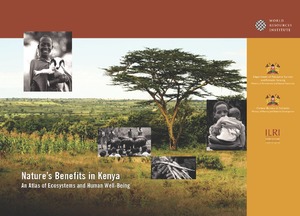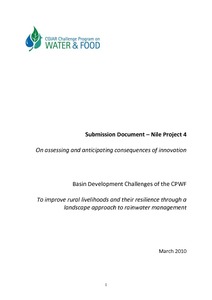Mohamed Said on measuring resilience in drylands of East Africa
Mohamed Said, Scientist, ILRI, at the side event, “Measuring and Evaluating Resilience in Drylands of East Africa.” IFPRI 2020 conference on Building Resilience for Food and Nutrition Security, May 15-17, 2014, Addis Ababa, Ethiopia. More information "http://www.2020resilience.ifpri.info"












